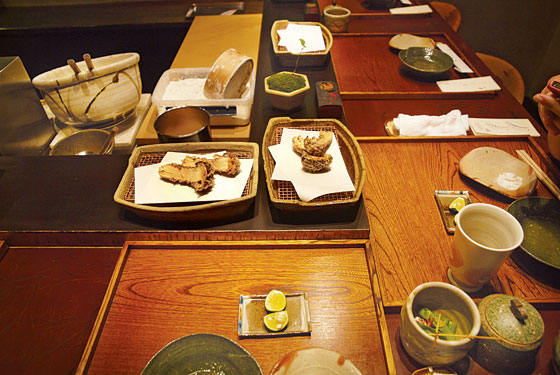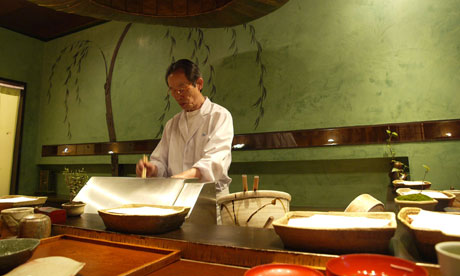The
significance of Japan is the country of origin of the sun. Japan is an
archipelago of 374,744 km ² of islands and 3091 km ² of water and made ??up
more than six thousand islands extending along the Asian coast.
It has a population of 127 million people, the form of government of Japan has been a constitutional monarchy with an emperor and an elected parliament, known as the Diet, is one of the world's major economic powers.
It has four distinct seasons well defined, thanks to the distance that is about the Ecuador.
Their religion is Buddhism and Shinto. Its currency is the yen.
Tokyo is the largest Japanese connection of domestic and international travel, because it has train stations, airports and ground transportation. The intra-urban public transport is based primarily on the rail network and metro. Combined, more than 70 lines meet, forming the most extensive urban railway network in the world.
Tokyo feature cuisine refers to the food made with fish from the bay, representative dishes are soba, tempura, oden, broiled eel, and of course, sushi As one of the main focuses of history and culture in Japan, Tokyo prefecture receives more than half of international tourists arriving in the country. Being the main gateway to the country, Tokyo is a region critical to the development of international tourism promotion.
It has a population of 127 million people, the form of government of Japan has been a constitutional monarchy with an emperor and an elected parliament, known as the Diet, is one of the world's major economic powers.
It has four distinct seasons well defined, thanks to the distance that is about the Ecuador.
Their religion is Buddhism and Shinto. Its currency is the yen.
Tokyo is the largest Japanese connection of domestic and international travel, because it has train stations, airports and ground transportation. The intra-urban public transport is based primarily on the rail network and metro. Combined, more than 70 lines meet, forming the most extensive urban railway network in the world.
Tokyo feature cuisine refers to the food made with fish from the bay, representative dishes are soba, tempura, oden, broiled eel, and of course, sushi As one of the main focuses of history and culture in Japan, Tokyo prefecture receives more than half of international tourists arriving in the country. Being the main gateway to the country, Tokyo is a region critical to the development of international tourism promotion.













